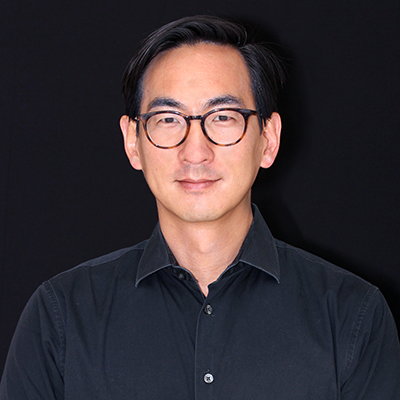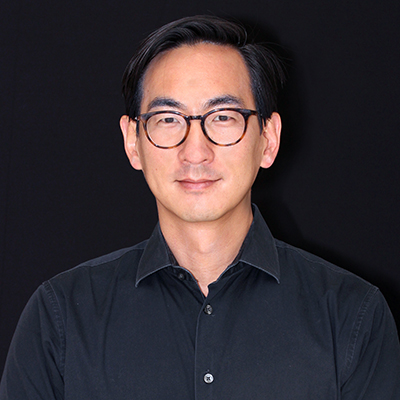
Victoria Finizio ’27 | Contributing Writer
For National Chemistry Week, the chemistry department hosted the Helen Murray Free Endowed Lecture on Oct. 24. According to the chemistry department website, this annual lecture series “brings a renowned chemical scientist to campus to interact with chemistry students at a technical level and present an all-college convocation on the contributions of science to the quality of life.” This year, the College welcomed Tehshik P. Yoon, a professor and organic chemist from the University of Wisconsin-Madison.
At 11 a.m., Yoon gave his technical lecture, titled “Stereocontrol in Photochemical Reactions.” His research focuses on the synthesis of natural products called truxinates and truxillates, which are a class of natural products. Approximately 160 different truxinates and truxillates have been found in nature. They are created by a wide variety of biochemical mechanisms and have diverse applications in biological systems. Chemists are interested in creating them in the laboratory because they could aid in the development of pharmaceutical drugs and other useful materials.
While there have been several methods developed to synthetically produce these molecules, previous syntheses have required many steps before yielding the final product. When a synthesis has more steps, the final yield or amount of product created is reduced and requires more time, money and resources. If the steps are consecutive, a single error could ruin the whole process. Furthermore, many of these previous methods led to a mixture of stereochemical products that were difficult to separate from each other.
Stereochemistry is the study of how different parts of molecules are arranged in space. If atoms lack symmetry, then there are several spatial arrangements, known as stereoisomers, that the molecule can adopt. Stereoisomers often share physical properties such as boiling point and density, making it difficult for chemists to isolate them when they are mixed up. Due to the stereoisomers’ different spatial arrangements, however, they interact with other molecules in different ways. One stereoisomer could be medicinally useful while another is toxic to the body. Scientists, therefore, often aim to complete reactions with high stereoselectivity, meaning that most or all of the reaction product is a single stereoisomer. Yoon’s research focuses on designing methods that will help to synthesize truxinates and truxillates in fewer steps and with higher stereoselectivity.
Yoon has explored several different catalysts to speed up the specific photochemical reactions that he studies. Photochemistry refers to the use of light to run reactions. When a chemical sample is colored, it can absorb light, which provides energy for a reaction. Different amounts of energy may be needed to produce each stereoisomer, and catalysts are molecules that lower the energy needed to form a particular product. Thus, a carefully selected catalyst can favor the formation of one stereoisomer over others.
Yoon’s research group has successfully improved the stereoselectivity of reactions that synthesize truxinates and truxillates so that most of the product is composed of just one spatial variation. At the same time, his methods have reduced the number of steps needed for the syntheses and have yielded a greater amount of useful products.
Yoon’s lectures were not limited to technical science; he gave an evening lecture titled “Radical Chemistry: A Case for LGBTQ+ Visibility in STEM.” In this talk, he described the lack of queer representation in the sciences and why people should care about it. Yoon argued that the visibility of successful LGBTQ+ scientists is important because they can serve as role models for younger people who do not see themselves represented in STEM. Diversity is also generally important because people with different life experiences will bring fresh ideas and perspectives to the table, helping others form creative solutions to scientific problems.

